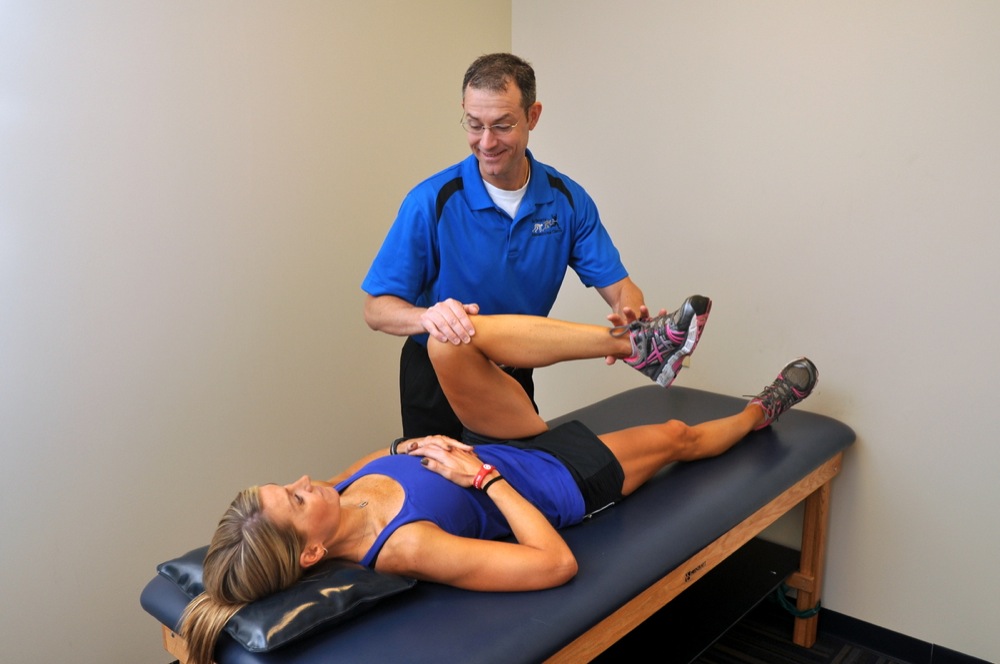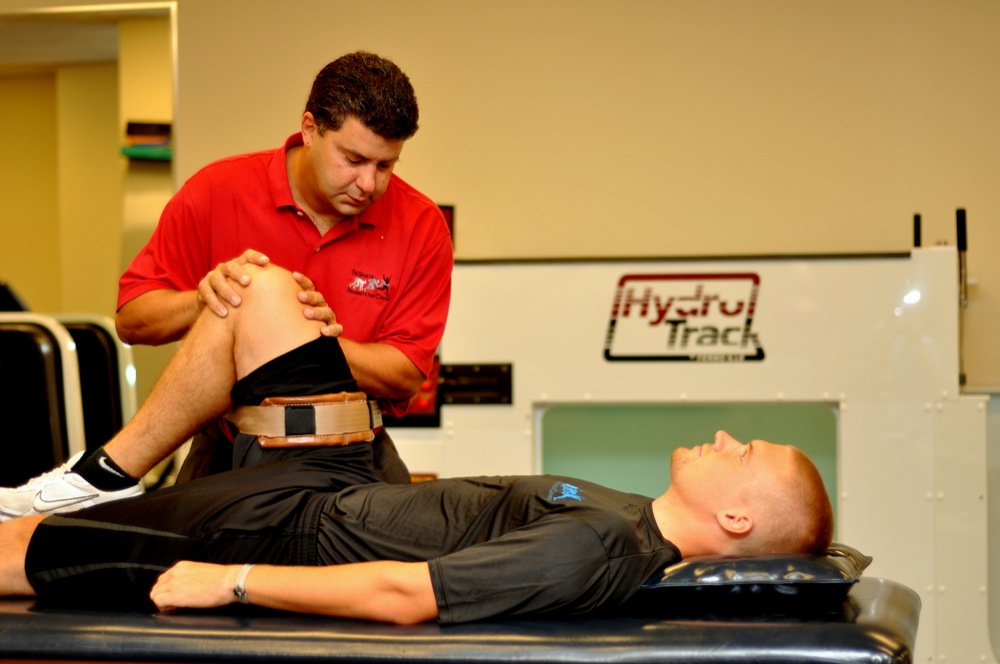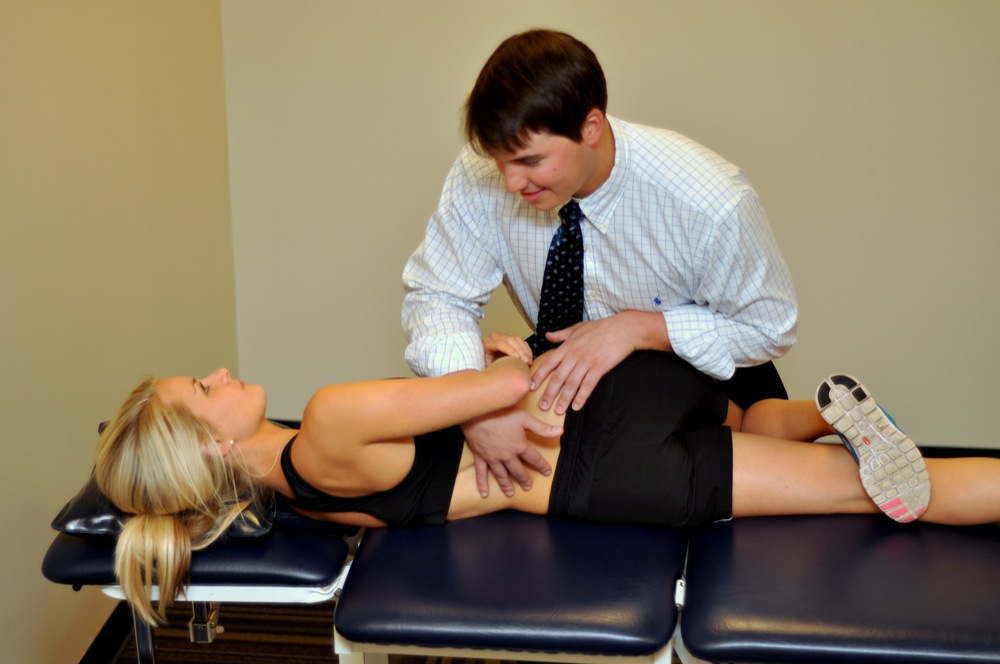Manual Therapy
The goals of physical therapy for most patients focus on decreasing pain and swelling, increasing joint and soft tissue mobility, increasing flexibility, and increasing muscle performance. By addressing these impairments, patients have an easier time returning to their previous level of activity. While many machines and modalities are used to accomplish these goals, most skilled clinicians will use their hands as an adjunct to treatment. Referred to as manual therapy, the use of a “hands-on” approach offers the physical therapist more insight into a patient’s condition. The laying on of hands enables the clinician to detect changes in tissue tightness, tissue temperature, joint mobility, muscle flexibility, and muscle tone that may not be detected with machines or medical imaging. A skilled physical therapist with advanced training in manual therapy can assess these physiological changes as they occur during the specific procedure. Manual therapy is a large emphasis of rehabilitation at The Sports Rehabilitation Center and different manual therapy treatments are offered to meet the needs of the patient.
Soft tissue mobilization
Soft tissue mobilization comprises treatments that include myofascial release, trigger point release, or massage. These treatments may be used to decrease pain, decrease swelling, reduce or abolish muscle spasm, release myofascial trigger points, improve circulation, or release scar tissue that forms as a result of injury. Once these goals are achieved, the clinician may choose to add flexibility or joint mobilization techniques.
Flexibility
Flexibility is the degree of elongation a muscle can be passively moved prior to encountering resistance. Joint range of motion is affected by the amount of flexibility of the muscles that cross the joint. By improving flexibility, the amount of stress on a specific joint is reduced which is why stretching is an important manual therapy procedure used at The Sports Rehabilitation Center. Increasing flexibility is accomplished through various manual stretching procedures. Static stretching involves moving a muscle until resistance is encountered and holding the position for a period of time. Proprioceptive neuromuscular facilitation or PNF stretching involves a combination of gentle contraction followed by a period of stretching. Dynamic stretching incorporates short repetitive stretch cycles and is sometimes used when patients are unable to tolerated static stretching.
Joint mobilization and manipulation
Joint mobilization and manipulation are used to decrease pain and improve joint mobility. These techniques vary and range from gentle oscillations to a low-amplitiude, thrust manipulation. This approach is very effective for treatment of acute neck and back pain and is used in conjunction with soft tissue mobilization, stretching, and exercise.
Neurodynamic assessment and treatment
Most people understand that muscles can become tight, resulting in loss of motion, flexibility, and increased pain. However, most people do not realize that the nerves running throughout the body can become tight and lose their mobility. These symptoms typically are felt as a burning pain in the neck, back or extremities. The best example of nerve tightness is the inability to flex the neck when trying to get into the car. Treatment of tight nerves is very different then treating tight muscles as overstretching nerve structures can lead to further injury and worsening symptoms. Physical therapists at The Sports Rehabilitation Center are skilled at providing a systematic assessment to determine the true cause of a problem and can design a specific treatment to reduce the symptoms.
Contact us today for more information about manual therapy.


